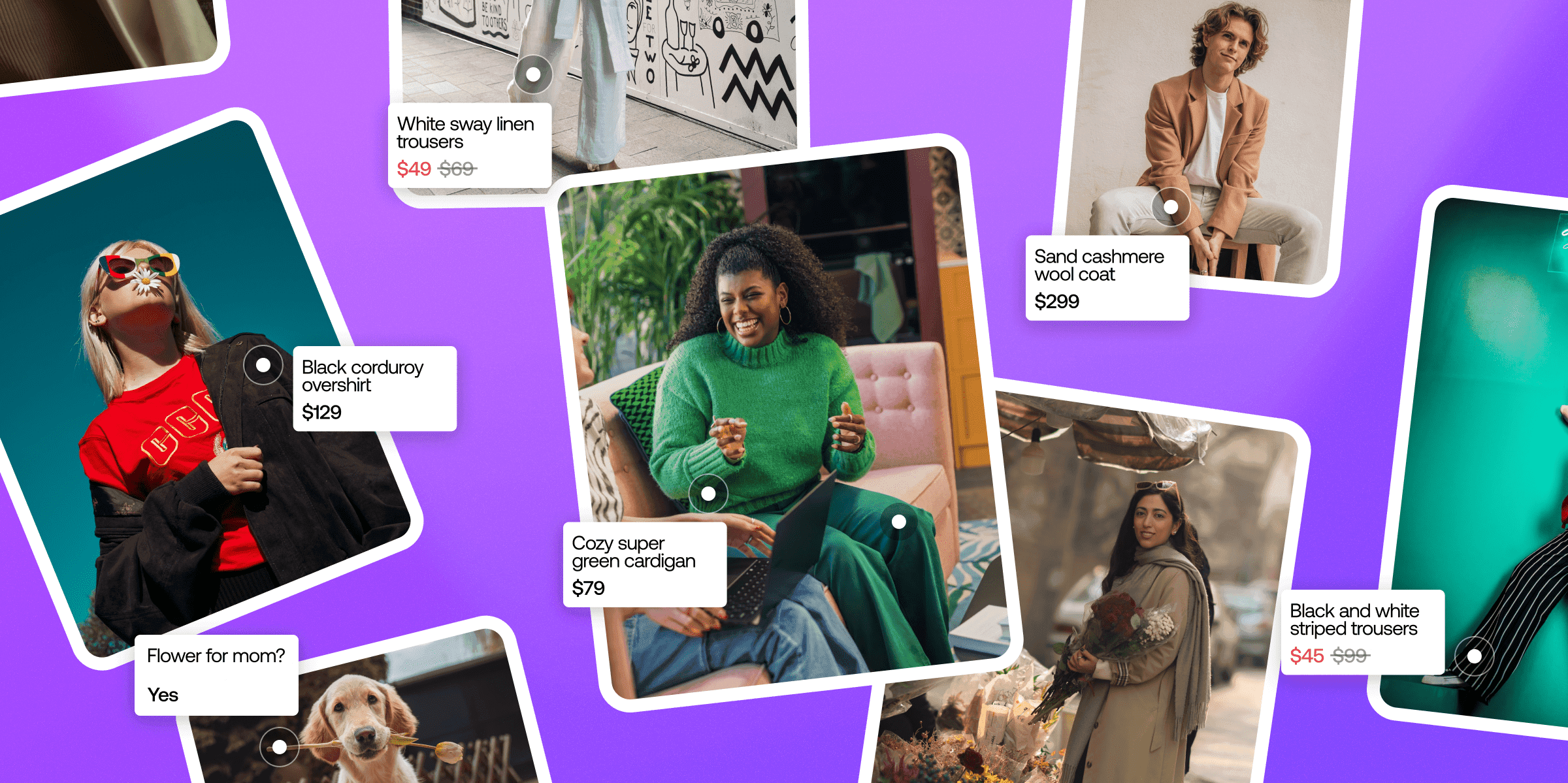
How Shoppable UGC Can Elevate Your E-commerce Business [Shoppable Content Ideas Inside]
Jan 5, 2023
Discover how shoppable UGC can help you stand out from the competition and get inspired with shoppable content ideas to drive more sales and engagement